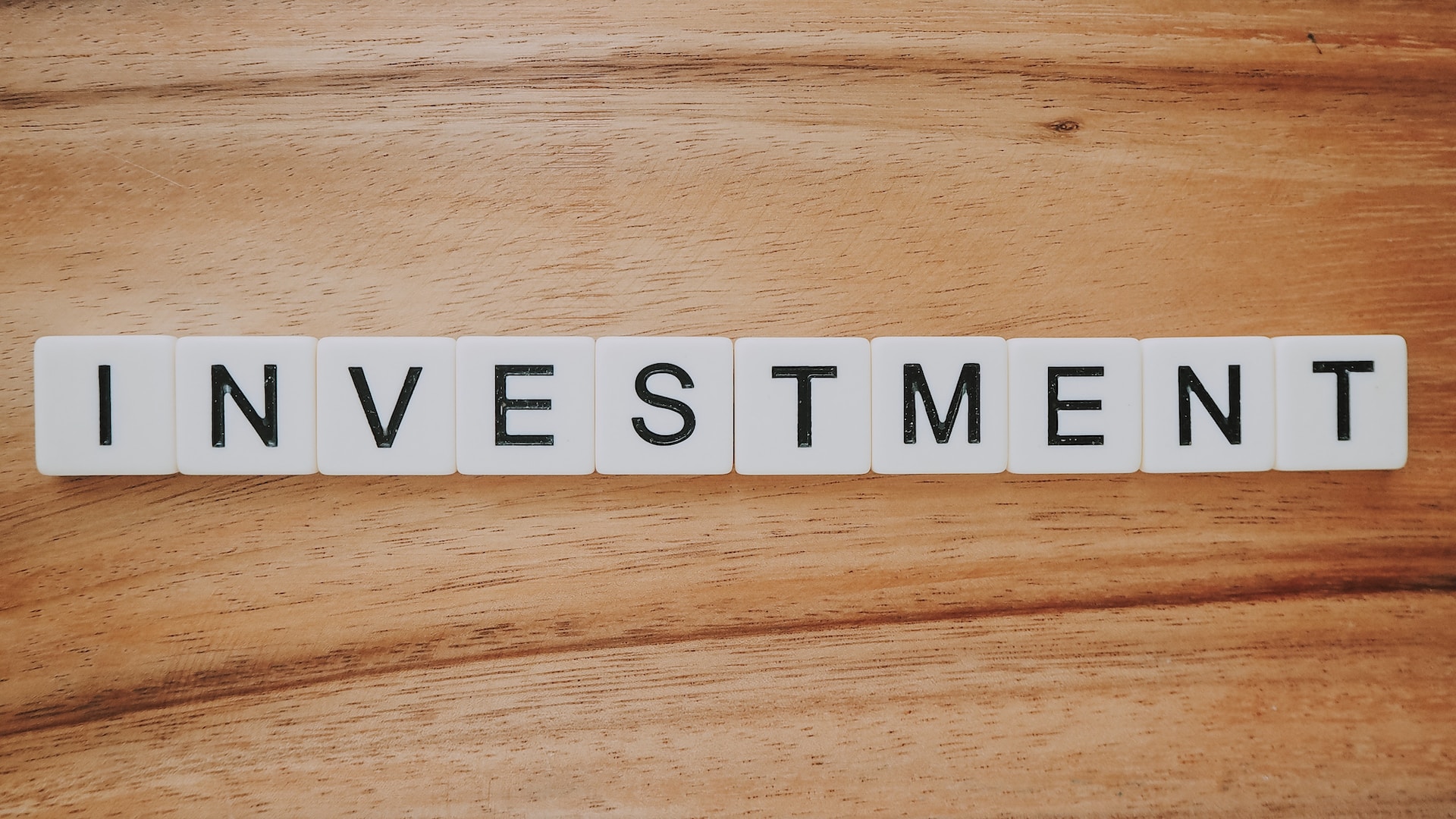The American dream, that idyllic vision of a three-bedroom house nestled behind a white picket fence in the tranquil suburbs, is rapidly fading for many. Today, a startling 1 in 5 Americans believe they’ll never be able to afford such a home, fearing a lifetime of renting. An additional 40% pin their hopes of homeownership on marrying into wealth, inheriting money, or striking it lucky with the lottery.
This financial anxiety isn’t confined to housing affordability. It extends to the luxury car, the dream boat, the once-in-a-lifetime vacation. And it’s not just the younger generation feeling the squeeze. Americans of all ages, particularly those in or nearing retirement, are feeling the pinch.
So, what’s the culprit behind these deferred dreams? The declining value of the U.S. dollar. Since the COVID-19 pandemic hit in 2020, the purchasing power of the dollar has dwindled. The average U.S. home price has surged 47% according to the Federal Reserve. The average used car price has risen 40%. Even a vacation is now 20% more expensive than it was in 2019, according to NerdWallet.
Day-to-day expenses have also surged. A few years ago, $100 could fill a grocery cart. Today, it barely fills a basket. This harsh reality is why 62% of Americans are living paycheck to paycheck, as reported by LendingClub.
The American dream has been downsized to living in a shoebox-size apartment and qualifying for a seven-year loan to buy a 2008 Honda Civic with 200,000 miles on it. Over the last four years, most Americans have seen their income rise, only to find they can afford less. You might earn 10% more, but the goods and services you need cost 20% more.
The erosion of the dollar’s purchasing power is the simple reason why the American dream is dying for so many. The dollar has lost 97% of its value since 1913. One of the main reasons for this is the surge in government spending. We’re on track for the third largest deficit in history, and as the Federal Reserve prints more money to cover these deficits, the value of the U.S. dollars in your pockets and bank accounts will sink.
The speed at which the dollar is losing its value is unprecedented. It’s forcing Americans to downsize their homes, postpone vacations, and cut back on holiday gifts. Politicians may blame supply chain disruptions, Russia’s war on Ukraine, or the previous administration, but the truth is, their spending addiction is the problem.
Since the turn of the century, we’ve added roughly $28 trillion in new debt due to our government’s spending addiction. The dollar is a sinking ship, and those who realize it are scrambling for the lifeboats: real estate, stocks, commodities, and even crypto. These are “hard” assets the government can’t print out of thin air.
As the money printer churns, the value of these assets rises, just as they did in 2020 and 2021. If you didn’t store the bulk of your wealth in these assets prior to 2020, you likely feel 30% poorer today.
To outpace the dollar’s decline, consider allocating a small portion of your wealth to cryptocurrency. Daily editor Teeka Tiwari is closely monitoring a tiny subsector of the crypto market that could see explosive gains from the development of a digital dollar. The Fed recently launched a program that could replace the dollar with a new digital version.
Tiwari has put together a briefing to explain what this new digital dollar regime means for you and your money, including the name of a crypto project set to profit from its rollout. You can watch it for free right here.
In 2024, protect and grow your wealth by allocating a portion of your portfolio to crypto. In the next bull market, you’ll see prices surge much higher than other asset classes.
Let us know what you think, please share your thoughts in the comments below.
















